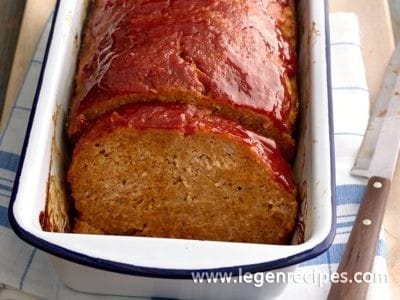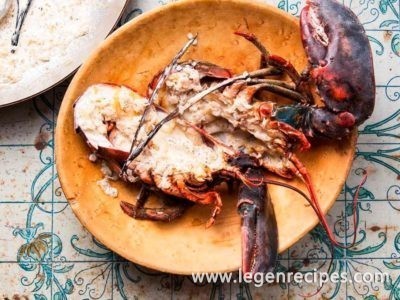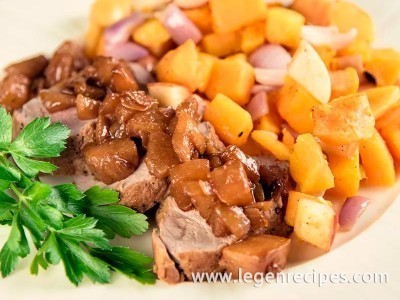Mandarin (lat. Citrus reticulata) – the fruit of an evergreen tree of the genus Citrus (Citrus) family Rutaceae. This citrus fruit 4-6 cm in diameter, slightly flattened from the base to the top so that its width is considerably greater than the height. The peel from a tangerine thin, tightly adheres to the flesh. Lobules in one fetus 10-12, they are well separated from each other (perhaps better than any other popular citrus fruits), their pulp yellow-orange, sweet orange. Mandarin smells stronger than many other citrus fruits.
Mandarin comes from southern China and southeast Indochina. In Europe it was brought at the beginning of the XIX century. Now Mandarin widely cultivated throughout the southern and western Mediterranean (such as Morocco, Algeria, Spain, Southern France), as well as in Japan, China, Indochina, Argentina. Closest to our country mandarins are grown in the Caucasus.
Fruits of a tangerine – a valuable dietary fruit that increases appetite, improves metabolism and nourishes the body with vitamins in the winter. Tangerines and tangerine juice have on the body bracing effect, promote digestion, and thanks phytoncide properties have antimicrobial action.
Alcohol tinctures peel mandarins increases appetite, improves digestion, soften the inflammatory secretion in the bronchi and upper respiratory tract, promotes sputum. In Eastern medicine, tincture of the skin, as well as its water infusion or decoction used in bronchitis, nausea, and as an antitussive agent, improves digestion.
The types and grades
The Russian shops selling tangerines from North Africa (in Vol. H. Morocco), Indochina, Latin America, Transcaucasia (in Vol. H. Of Georgia, Abkhazia), the Middle East (in Vol. H. Turkey), Southern Europe (up sanctions on the shelves were mandarins from Spain) and other regions.
Sort Fairchild. This variety is a mixture of varieties of mandarin Clementine and tangelos. Skin color from deep orange fruits.
Grade Honey, he’s Murcott. This is a hybrid of orange and tangerine; skin color from the fruit ranges from yellow to orange, sometimes it can be green. Taste the quality of the class simply excellent, tangerines are very sweet and juicy. Season of the class begins in November and ends in January.
Sort Sunburst. This variety of mandarin differs from other varieties of their smooth skin (which is rare in mandarin, as well as with oranges), the color of the fruit peel from orange-red.
Sort Robinson. The fruits of mandarin varieties differ from other varieties of very sweet taste, color, deep orange peel.
Sort Fallglo. A distinctive feature of the varieties of mandarins are their size, as they are very large, which is usually not typical for other varieties of tangerines. Peel has an intense orange color.
Sort Dancy. This variety belongs to one of the oldest varieties of mandarin, at one time was very popular. This variety is originally from Florida, he appeared in 1867. Now this variety is not in great demand, as in growing it is very sensitive to various diseases. The fruit is very juicy and tasty.
Tangerine. Fairly well-known variety of mandarin. The fruits have excellent taste, slightly tart. Skin color from deep orange fruit, fairly smooth to the touch.
Temple. This variety of mandarin also know under the name of Royal Mandarin. Its fruit is a cross between mandarins and oranges. The fruits of a lot of seeds, they taste very sweet, juicy, peel is orange. Season harvesting varieties begins in January and ends in March.
Popular varieties of mandarin indoor cultivation – Unshiu, Cova Vasse and Shiva Mikan.
Hybrids mandarin
- Clementine, also known as the Algerian tangerine. This is a hybrid of mandarin and oranges. It features a sweet taste, and a lack of seeds in the fruit. Import clementines comes mainly from North Africa and Spain.
- Tangelos. This variety is a cross between certain varieties of mandarin and grapefruit, yet it is a bit like the pomelo.
- Fruit tangelos looks like a large orange. It tastes like a normal mandarin, gives a little taste of grapefruit.
- Mineola – as a hybrid of tangerine and grapefruit. Mineola, pear-shaped, bright orange color with a reddish tinge.
- This fruit has a very sweet taste.
- Natsumikan – as a hybrid of a tangerine with a grapefruit. It tastes more like an orange.
How to cook
The fruits of mandarin used fresh and for the manufacture of fruit juices and compotes. They put in fruit salads and desserts. As spice it is used for making sauces, fish, poultry, rice dishes.
Tangerine peel use as a substitute of orange peel in the preparation of various pharmaceuticals, infusions, syrups, extracts and the food industry.
Season
Most varieties of mandarin season lasts from November to April. However, they are sold in stores all year round.
How to choose and store
Look at the tangerine peel. The dry, flabby or sometimes stiff skin indicates that the fruit is a long time or overripe. Immature as Mandarin heavy, the skin is almost all green and very badly scraped. The sign of poor Mandarin – the presence of mold, brown spots or areas of rot.
To determine ripeness mandarin easily be the ratio of its size to weight ratio because all ripe tangerines always weigh less than they seem at first glance.
For sweet tangerines characteristic bright orange peels. Sometimes you can find sweet and tangerine with yellow skin. Sweet tangerines are usually of medium size.
For sour tangerine characteristic flattened shape. Sour tangerine often a little easier sweet varieties.
Light weight mandarins generally stiff fiber, have many bones and have an optimal volume of liquid.
In order to determine the maturity of mandarin, slightly squeeze the skin: ripe fruit juice squirts droplets. Also, after pressing a ripe tangerine easy to return the form.
Best of all tangerines are stored in a special compartment of the refrigerator, where they do not rot and does not dry out for nearly a month. But even in this case the fruit is necessary to regularly review if the vegetables before laying on storage in the fruit has already begun the process of decay and were corrupted by, the decline in temperature will not stop him.
At room temperature, tangerines deteriorate more rapidly and in too warm room and they are dry, wasting not only useful properties, but the taste.
In winter, you can store mandarins in the insulated balcony, where the temperature does not fall below six degrees Celsius. At the same time they have to lie in a ventilated box.
A popular way to store the majority of fruit in a plastic bag is really bad: the package creates humidity and fruit pants.
It is believed that the fruit, which has remained a twig, stay fresh longer, but those on sale are very rare, so this tip is more suitable for those who can pluck the fruit from the tree yourself.




